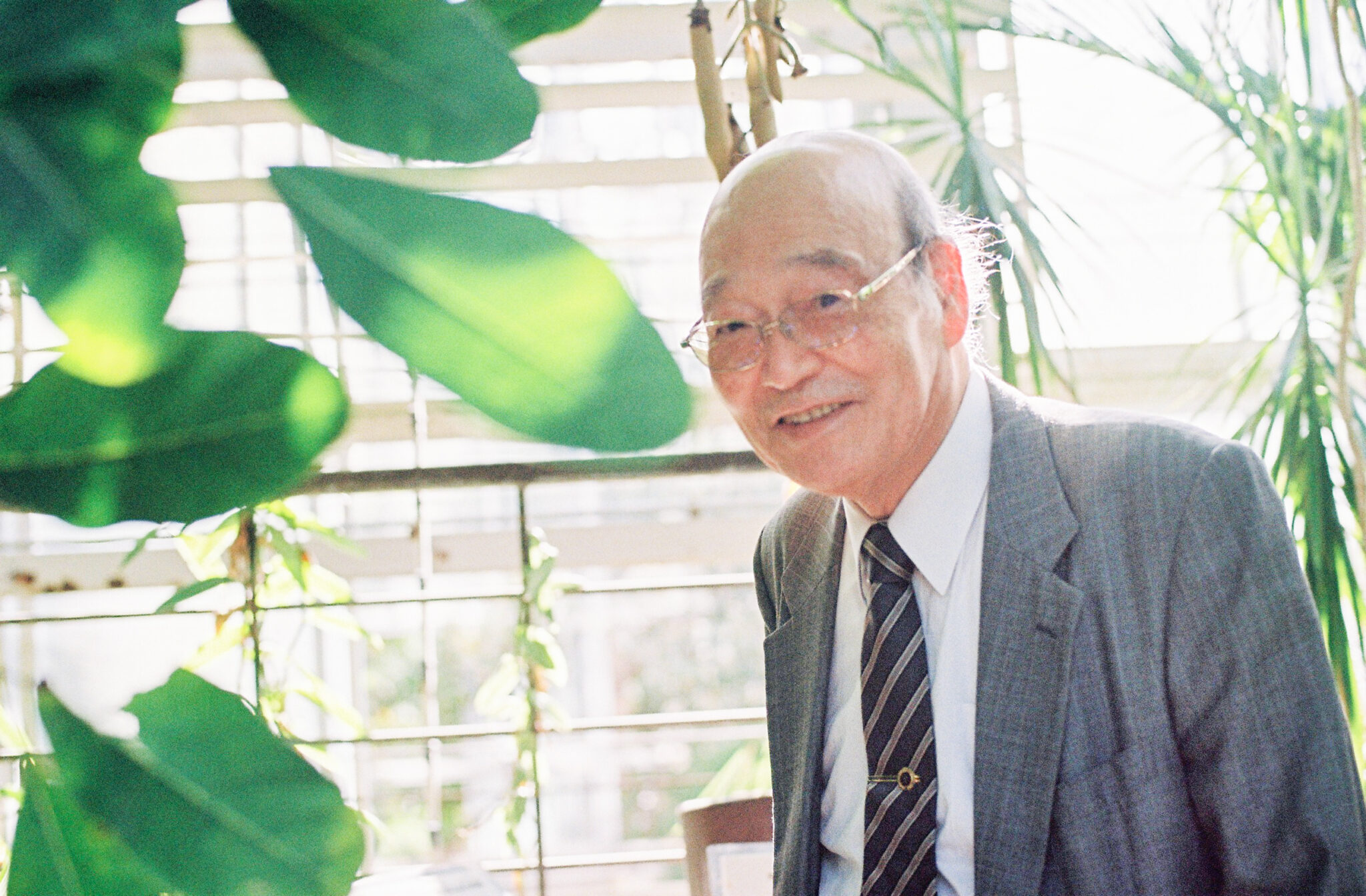From the rice we eat at dinner, to the single flower decorating a room and the trees that offer solace in the city, plants are an indispensable part of our daily lives.
Tobacco, coffee, tea, beer, wine and many other shikohin products are also derived from plants.
In order to understand our relationship with shikohin products, perhaps we need to take a serious look at our relationship with plants. In order to do so, we interviewed Osamu Tanaka, Japan’s leading botanical researcher.
Standing in the Kyoto Botanical Gardens, Tanaka states, “Being the raw material for shikohin products is only a small part of the value plants provide to human life.”
The question that arose as we discussed shikohin was “What is it that we seek to obtain from shikohin products today?”
Why do you drink coffee or wine?
Please reflect on your own shikohin practices in your daily life as you explore this article.
Man’yōshū is filled with references to plants and reflects the deep historic connections between plants and humans
—— We enjoy plants as foods, drinks, medicine and even for aesthetic purposes. What do you think plants signify for humans?
I can say without a doubt that humans cannot survive without plants.
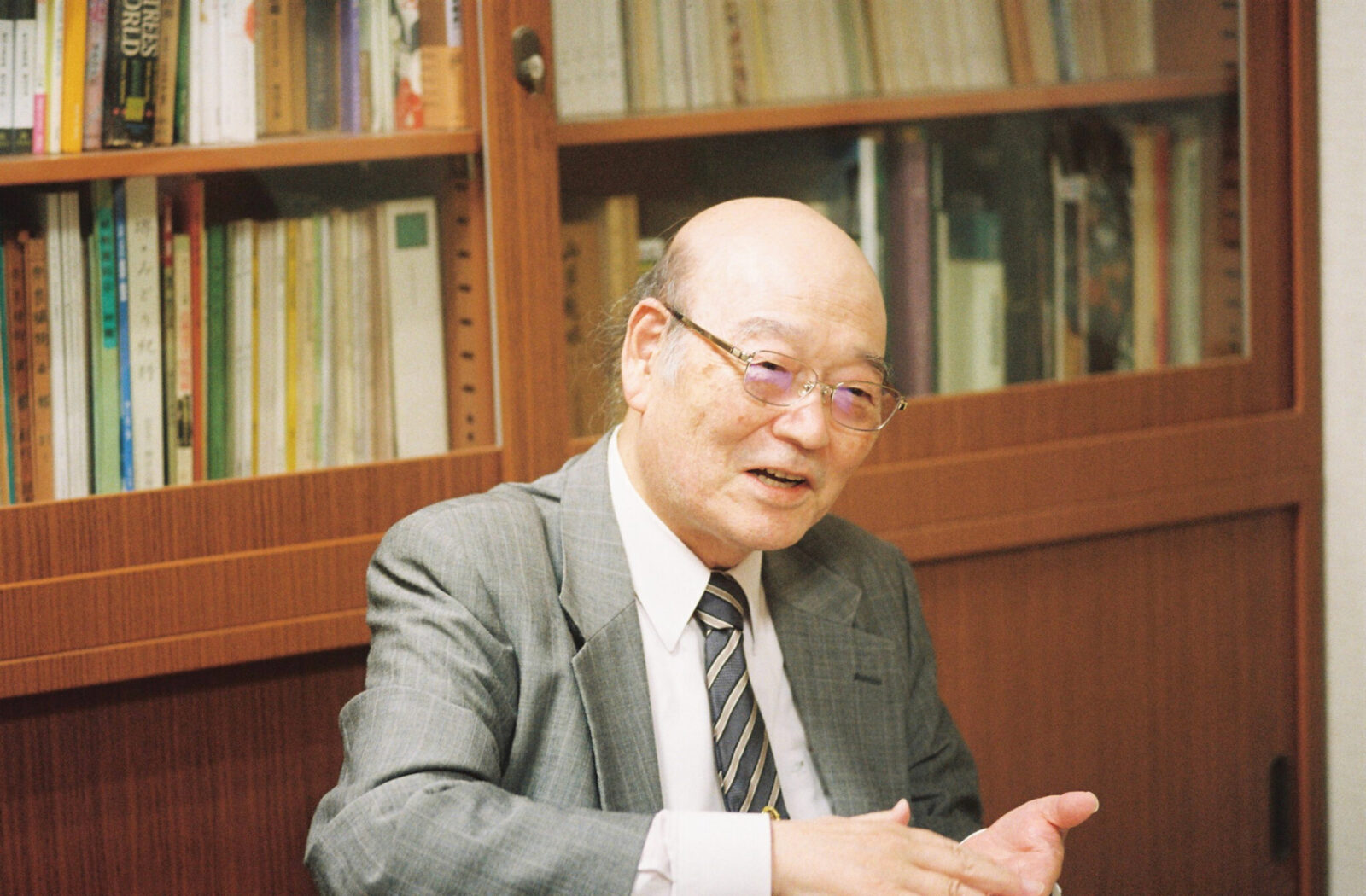
There are various roles plants play in the human world. The first being their role as a source of food. In all of history, humans have eaten a variety of plants to satisfy hunger.
Once food procurement became more abundant and stable, people began to seek food not only to satisfy hunger, but for the pleasure of eating delicious things. Further on, people began to seek foods that helped stay healthy. Plants are something that sustain our good health. This is the second role plants play.
The third role is that plants help maintain our environment. There would be no environment for us to survive in if there were no plants and plants also play a role in regulating the concentration levels of carbon dioxide.
The fourth role is that of energy. Although we are heavily reliant on fossil fuels such as coal and oil, they all originate back to plants. In the past, we depended on firewood and bushes (small thickets and branches) and dead leaves for fire and energy.
Plants also play a role in supporting and enriching our lives. Some people plant plants in their gardens or decorate their rooms with flowers. I am sure many people find comfort in admiring the wildflowers in bloom along their path to work or school. The fifth role is that plants bring color into our lives.
The sixth role is culture. It is fair to say human culture would not exist without plants. The Japanese Man’yōshū (Collection of a Myriad Leaves, the first and longest of Japan’s poetry anthologies) contains a variety of poems about plants. The Japanese tea ceremony and Ikebana (flower arrangement) is also a culture that cannot be discussed without plants.
As you see, the connections between humans and plants are very diverse and profound. Plants support the human body and life through providing food and energy, and they also provide healing enrichment to our minds.
—— You mentioned 6 different roles, but did humans first seek plants for survival and then evolve to seek plants as enrichment and culture in our lives later?
No, I think that we have found value in plants that were not related to food or energy from the first moment we witnessed a blooming flower.

—— You think that people found significance in plants from the moment they saw the blooming of a beautiful flower?
It is not clear at what point in history humans began to incorporate plants into cultural activities, but as I mentioned earlier, many references to plants appear in the Man’yōshū. There are 4,500 poems in this collection and 1,500 of them mention some kind of plant with a total of about 160 different plant species mentioned.
The practice of the Japanese tea ceremony and Ikebana (flower arrangement) were established in the Middle Ages, but tea itself was not introduced to Japan until about the 9th century and I am sure people must have cut flowers to admire their beauty before the practice of Ikebana.
This is why flowering plants that bloom beautiful flowers are so cherished.
If humans only handled plants that were food sources, such as rice and wheat, many plants would have probably perished because they could not adapt to the changes in the environment caused by humans.
While there are many plants that can survive on their own without human intervention, there are also many plants that depend on human management and cultivation to survive.
Coexisting with humans is an important survival tactic for plants.
Of course, plants do not change their biology consciously in order to coexist with humans. However, the species which humans have found value in, whether for its beauty, fragrance, taste, etc., have been able to sustain their species because of it.

—— Many shikohin products such as cigarettes and alcohol are not necessary to sustain human life. Do you think that we have found value in plants used as raw materials for shikohin in ways other than nutritional purposes to sustain life?
I think you could say so.
In any case there is no question that being a raw material for shikohin products is one way humans have found value in plants. However, I think this is merely a small part of the values which plants bring.
The reason why plants are fragrant or have flavor
—— Why is it that plants often have some fragrance or flavor? I think that plant breeding in order to bring out tastes and fragrances that people prefer is one way plants have coexisted with humans. Selective breeding is done because plants have a specific desirable trait in the first place.
Simply put, plants have fragrances and flavors as a defense mechanism.
Plants must protect themselves from all kinds of things, from the climate, such as extreme heat and cold weather, to pests and diseases that can cause them harm.
In order to protect themselves, they have evolved to produce various components which result in certain fragrances and flavors in the plants. However, what a plant needs to protect itself from will differ depending on their environment.
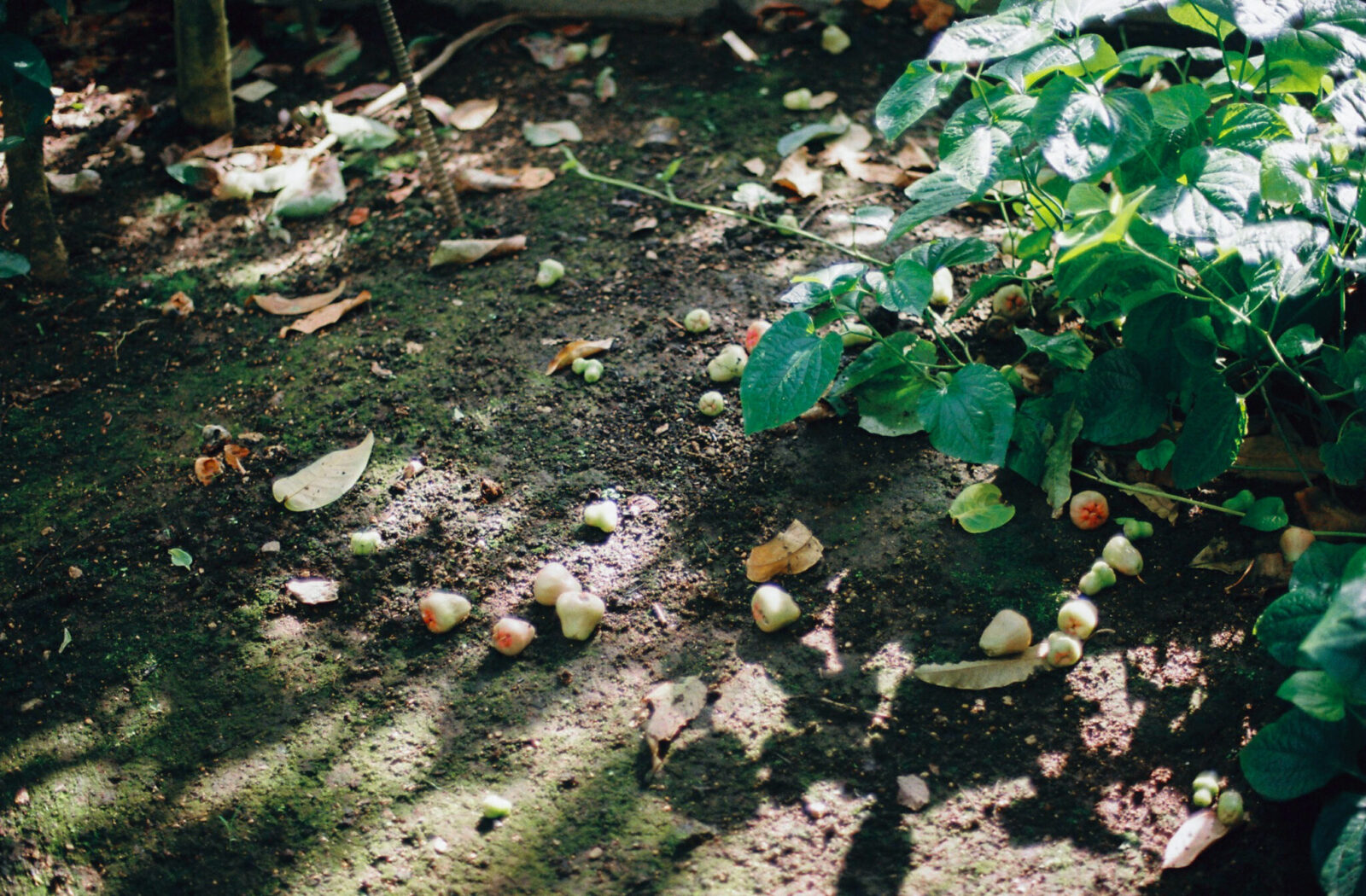
—— How is it that flavor and fragrance are a way that plants protect themselves?
For example, the skin of a chestnut has a very bitter taste and that astringency is derived from tannin, a type of polyphenol. So why did chestnuts evolve to have tannin components in them? This is probably because there are many insects and animals in the environment where chestnuts live that do not like bitter tastes.
Of course, the chestnut did not make a conscious decision to create tannin and become bitter to protect itself. Rather, in the process of evolution, the tannin resulted in a defense factor so the plants that had more tannin had a higher rate of survival. This is why we have come to the conclusion that chestnuts are protected by its bitter flavor.
Speaking of chestnuts, it also protects itself through its thorny exterior, and another layer known as the devil’s skin inside it. All of these traits are thought to have evolved through the process of adapting to its environment.
It can be said that the diversity of flavors and fragrances are a result of the various environments in which each plant has adapted to.
—— To summarize, the components in which a plant develops for self protection depends on the differences in its environment and that is why plants have different flavors and fragrances.
Spiciness is another component that plants harbor in order to protect themselves, but spiciness can come from different components. For example, chili peppers contain capsaicin while Japanese peppers (sansho) contain hydroxy-alpha-sanshool.
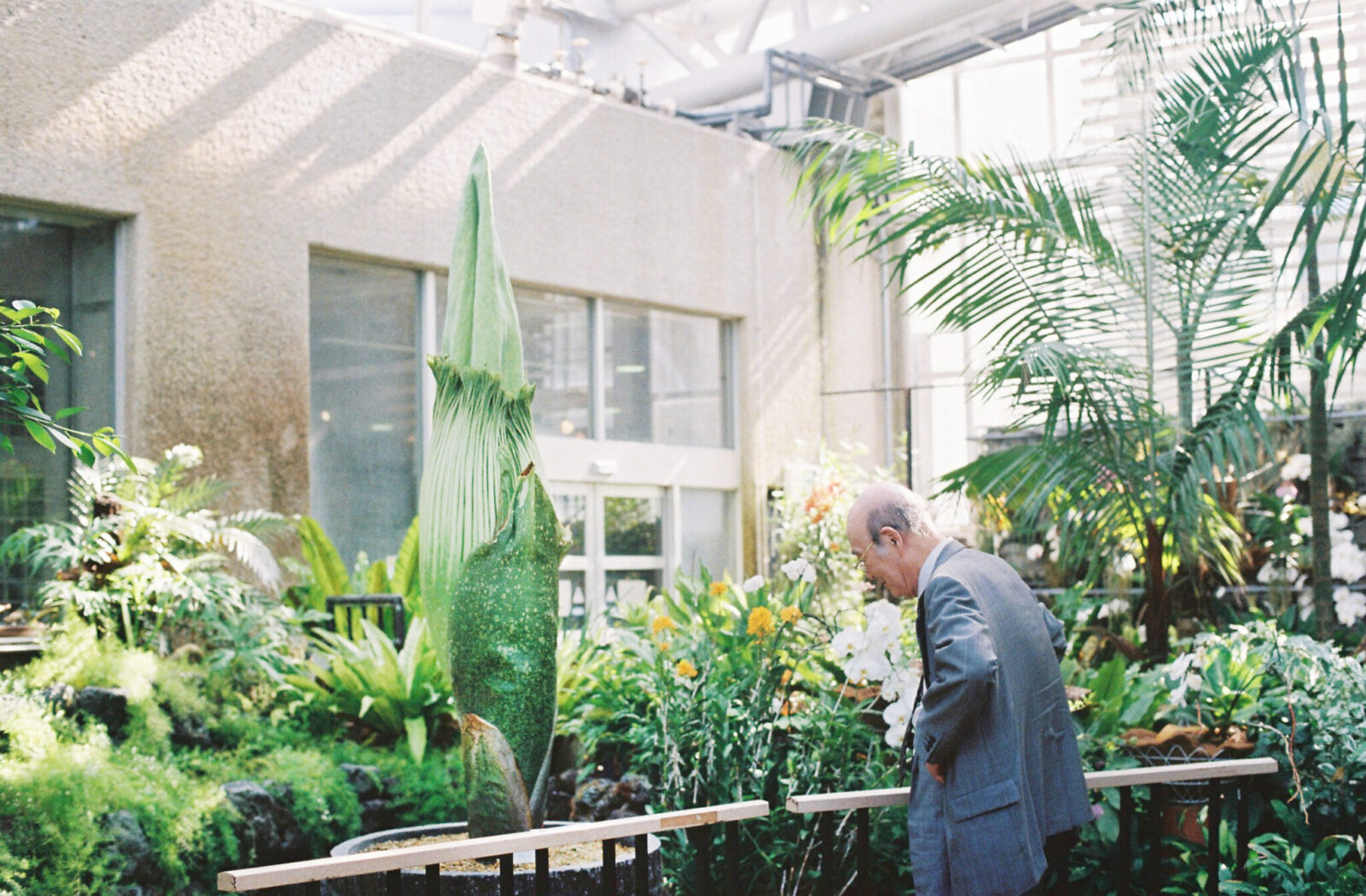
Fragrance also plays an important role in the defense of a plant.
Phytoncides are a compound that is emitted by plants through their leaves and trunks that act as a defense mechanism. For example, have you ever heard of camphor?
—— What is camphor?
Camphor is a phytocide emitted by a camphor tree and this component is used in insect repellent products for clothing. However, even if you walk among camphor trees, you will not smell the unique scent of insect repellant.
The reason for this is that the camphor scent is only released when the tree is damaged.
There is a row of camphor trees in this botanical garden so let’s walk there later. I think there will be some fallen leaves so I can rub some together to release that distinctive scent.
Because, as you can guess, the scratches in the leaves will release the camphor scent. In short, if an insect bites or damages the leaf or tree, it will release camphor to prevent further biting.
Of course, it is not only camphor trees that have these kinds of characteristics. Plants use various components to protect themselves.
—— Along the same lines, I heard that plants also use sweetness and other flavors as a self defense mechanism.
This is another effective way for plants to survive.
As I mentioned before, there are plants who survive in the wild on their own and there are plants who survive by coexisting with humans.
Characteristics such as sweetness and pleasant fragrances are attractive to humans and act as a great advantage for plants who survive by coexisting with humans.
In other words, plants that have the characteristics of being sweet or smelling pleasant have survived through the hands of human selective breeding that enhances these traits.
It can be said that plants which have survived by building symbiotic relationships with humans by producing these components are “nature’s chemists”.

The second and third harvests of tea are more bitter because it is the plant’s way of protecting themselves from insects.
—— So we are enjoying the flavors and fragrances produced by nature’s chemists by chance?
That’s right. We enjoy these blessings from plants by learning when and what kind of characteristics they produce, or in other words, by understanding the ecology of plants.
Take tea for example. Tea that is harvested in May is called shincha, or new tea, and is known to be particularly sweet.
The reason why shincha is sweeter is because it contains an abundance of theanine, a kind of amino acid. And the reason why the tea harvested in early May contains a lot of theanine can be understood if you look at the ecology of tea trees.
The tea tree is an evergreen so it survives the winter months with its green leaves intact. However, in order for the leaves to stay green it must not freeze. So how does the tea tree prevent the leaves from freezing? It produces a lot of amino acids and vitamins and dissolves them into the water in their leaves.
When a non-volatile substance like sugar is dissolved in water, the freezing point becomes lower than 0°C. This phenomenon is called freezing-point depression and the tea tree utilizes this phenomenon to protect their leaves in the winter.
In other words, the sweetness of shincha is the result of the tea tree’s method of surviving the winter.
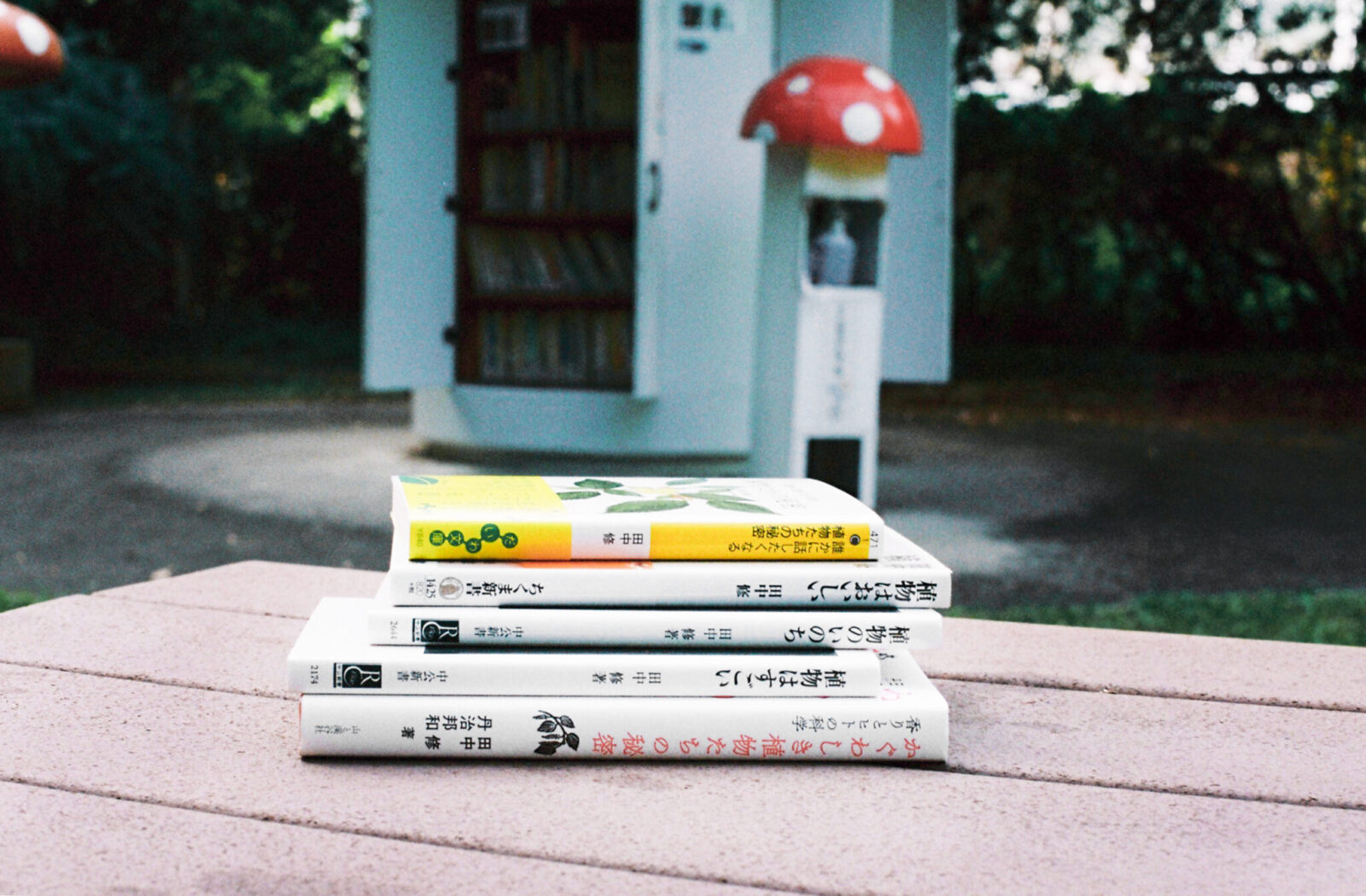
So if you pick the fresh leaves of tea trees and eat them raw, they should be sweet. That said, you may think that the tea tree’s leaves in winter will also be sweet, but you should not eat the leaves in winter.
It is true that the winter leaves may also be sweet, but eating the leaves in winter may prevent new leaves from sprouting. Because of this, the leaves may contain components that are harmful for consumption and may cause nausea or diarrhea.
—— So the tea trees not only contain sugars, but also harmful components to survive the winter. The second and third harvests of green tea tend to be more bitter than shincha. Is this because the level of theanine goes down?
Rather, it is because the components that add astringency goes up.
As the weather gets warmer, more insects become active. If the tea tree leaves stay sweet, the insects will eat up all the leaves. To protect themselves from insects, the tea tree produces catechins. This is what gives astringency to tea so the second and third harvest that are collected in warmer weather have a stronger bitter flavor.
Catechins are a kind of antioxidant so they also protect the leaves from ultraviolet rays. This antioxidant is why green tea is considered healthy for the body.
There is no difference in quality between the shincha and the second or third harvest of tea.
It is simply that the shincha is sweeter and the later harvests are more bitter. However, learning about the ecological reasons of why this is so can change the way we enjoy tea.
Even before the recent development of science, humans have relied on the power of plants. We have used science to better understand what we already knew from past experience and passed down knowledge.

Can science reproduce the power of plants?
—— With the developments in modern day science, it is now possible to artificially reproduce many different materials and substances. Will we be able to reproduce the various powers of plants through science one day?
I don’t know about that. Take catechins for example. There are multiple different types of catechins and a slight change in molecular structure will change the type of catechin it is.
Even if science is able to identify the variety and composition of certain catechins found in teas, I think it would be very difficult to accurately reproduce those substances in the same proportion and in large quantities.
Furthermore, the effects of tea go beyond only one substance and are a result of the combination of interactions between multiple substances.
So even if we were able to extract a certain substance in large quantities from a plant, I’m not sure if we will be able to reproduce the effect it has as a food or drink on our bodies.

—— So no matter how much science continues to develop, it would be difficult to reproduce the power of plants?
In relation to that, I think that we currently identify the function of plants based too much on how it tastes. By the way, how would you define the word shikohin?
—— The Japanese Kojien dictionary defines it as a food or drink that is not consumed for nutrition but for the flavor, fragrance or stimulation.
I wonder how many people consume plants today under this definition of a shikohin.
For example, when it comes to tea, I think many people drink it because they think it is good for their health.
In another example, the National Cancer Institute published a study in 2015 that showed regular consumption of coffee significantly reduced the risk of death from heart disease, cerebrovascular disease and respiratory disease.
I have also heard that people started drinking coffee after hearing about a study that showed the chlorogenic acid, which is found in high amounts in coffee, can help people lose weight and improve the health of their skin.
—— So you think that shikohin such as tea and coffee are consumed today with an emphasis on their effects on health?
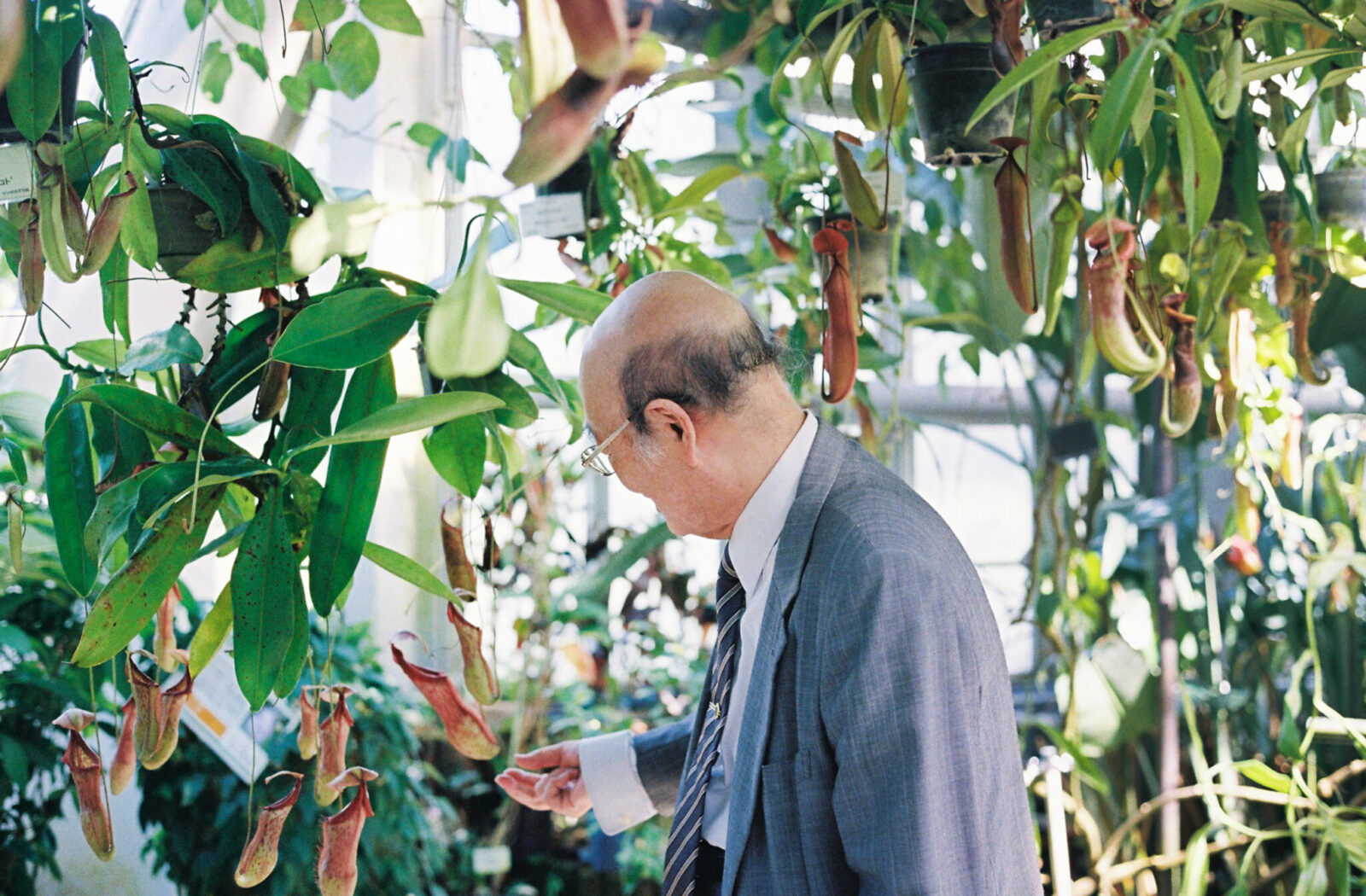
The “French Paradox” is a good example when it comes to alcohol. This is a term that is used to describe the phenomenon of the French people, who enjoy consuming more fatty animal meat compared to other European countries, but have fewer cases of arteriosclerosis and fewer deaths from heart disease. It is said that the polyphenols found in red wine are responsible for this paradox.
When this information was introduced in Japan, there was a huge spurt in the popularity of red wine.
Based on these trends, I don’t believe there are many people who enjoy shikohin only for its flavor, fragrance and stimulation, without the intention of gaining from its nutritional value.
If we are going to explore shikohin, we should consider these current trends.
How to address shikohin in terms of modern technologies
—— In the context of plant based shikohin of the future, what are some things to watch out for?
I think that technologies around food processing will become even more important in the future.
The taste and fragrance of green tea, black tea, coffee, beer and wine are all greatly affected by how it is processed. I think advances in technology will allow us to process shikohin in a way that brings flavors and fragrances closer to human preferences.
Plant related technologies are advancing every day. I think soon we will be able to achieve things that were unimaginable just a few years ago.

—— What kind of future do you envision?
Although this is not directly related to technologies around food processing, a research team in Nagoya University released a study in August 2020 that discovered the tobacco plant Nicotiana can be grafted between a broad range of species.
Grafting is an agricultural technique that has been around since ancient times, but it was believed that grafting was only possible between plants that belonged in the same family. This study found that the family of tobacco plants can be grafted with plants from other families.
—— What does this mean?
This means that it may be possible to graft plants A and B from different families by inserting a tobacco family plant in between them.
For example, if we use a legume plant as the rootstock (the plant which will be the root area of the grafted plant), it may be possible to grow plants with little or no nitrogen fertilizer.
—— How is it that we won’t need nitrogen fertilizer?
Legume plants live in symbiosis with a type of soil bacteria called rhizobia.
This bacteria lives in nodules that are formed on the root of legume plants which helps to convert nitrogen from the air into ammonia (nitrogen fixation), which is then supplied to the host plant and thereby greatly supporting the legume plant’s growth.
It can be said that legume plants can survive without any nitrogen fertilizer thanks to their symbiosis with rhizobia bacteria.
If we can use legume plants as the rootstock and graft it with a tomato plant through a tobacco plant, it may become possible to grow tomatoes without nitrogen fertilizer. Of course, this is just a theory.
—— So there is research being conducted that is finding new ways to cultivate vegetables with little impact on the environment. Perhaps this will alter the way we grow plants for shikohin products as well.
I think so. A key point in thinking about the future of shikohin will be in looking at how technology will draw out the power of plants in the future.

(Cooperation from Kyoto Botanical Gardens)
Click here for all articles exploring BOTANICALS
Translation: Sophia Swanson
Born in Toyama, Japan in 1990. Writer/Editor ←LocoPartners ←Recruit. Graduated from Waseda University, School of Cultural Planning. Writes for “designing,” “Slow Internet,” and other magazines. Editorial partner of “q&d. Likes basketball and coffee, and is a sucker for standing bars, snack bars, idle talk, and people who roll their own cudgels.
Editor, Writer, etc., for PLANETS, designing, De-Silo, MIMIGURI, and various other media.
